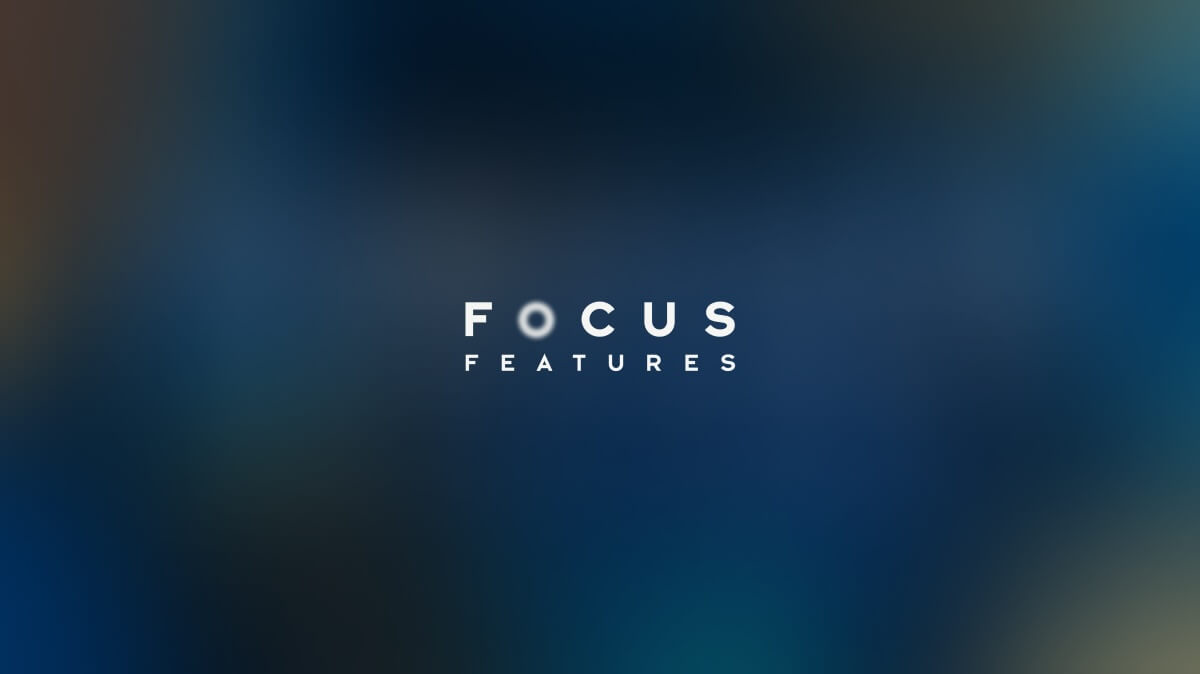
Dressing Pariah
Pariah's costume designer Eniola Dawodu takes us behind the scenes.
While costume designer and stylist Eniola Dawodu went to University of Florida, she has been making her mark in the New York fashion scene. In addition to costuming Andrew Dosunmu’s Restless City, and now Dee Rees’ Pariah, she has been styling a range of New York fashion sites and shows. Director Dee Rees and producer Nekisa Cooper found the young fashion stylist through friends who recommended her for the project. Together the filmmaking team sought to make the clothes true both to the characters and to the world the characters live in.
For Pariah, the filmmakers worked with Dawodu to let the clothes tell a story all their own. Cooper explains that, “Dee created a 'look book' with example pictures of wardrobe style for the characters in each scene and also a 'creative brief' which outlined how the color palette fits the personality for each character. We wanted the wardrobe to heighten the characterizations and help tell the emotional story. For example, the vision for Alike's was that of a butterfly going from cocooned and hidden to free and bright. So her character starts out with a lot of browns, tans, and a drab earthy color palette with a "baggy" fit and then transitions to brighter, more pastel colors with a "tighter" fit toward the end when she's free. Her wardrobe is designed so that she's literally a cocooned butterfly breaking free. On the other hand, Laura's characterization is a "peacock", so her color palette for her wardrobe is consistently bold, bright, saturated colors like turquoise, blue, red, and pastels like lavender.”
In addition to the costumes helping illustrate the journeys of the various characters, Dee Rees wanted the clothes to stay true to the communities in which the story unfolds. “I just wanted the look to be authentic and non-stereotypical and I based it on the varied styles of young "out" LGBT women that I'd seen around New York City,” Rees explains. “It was also important for the wardrobe and looks to feel “lived in” and aged so that it didn't look like folks walked straight out of a fashion magazine. Sometimes when the clothes are too “crispy” and perfect, it can take the viewer out if it because it feels “costumey” and I wanted the people to feel real.”
For Dawodu, as she explains in the following video, working on Pariah with Rees and Cooper was “an amazing opportunity.”